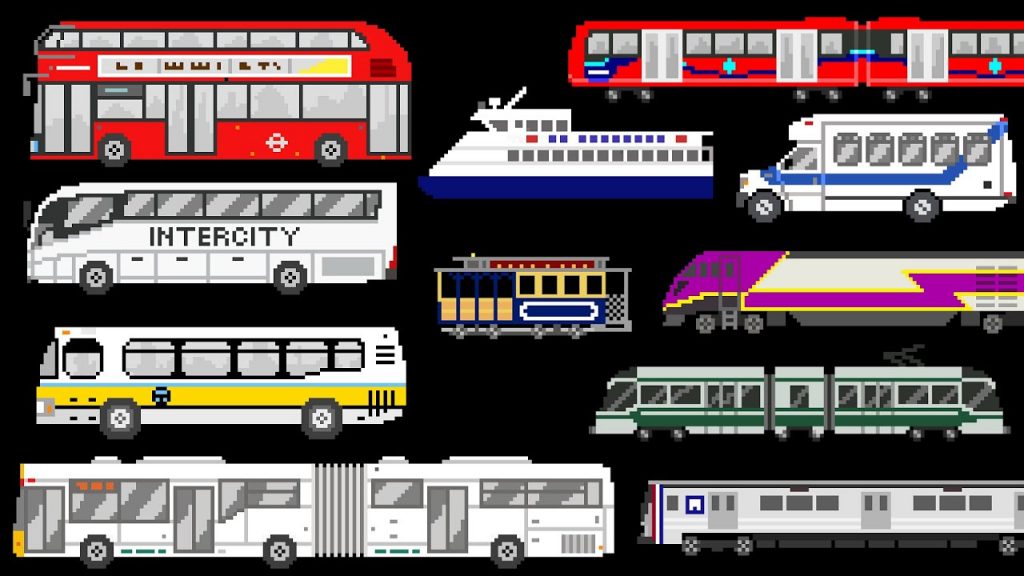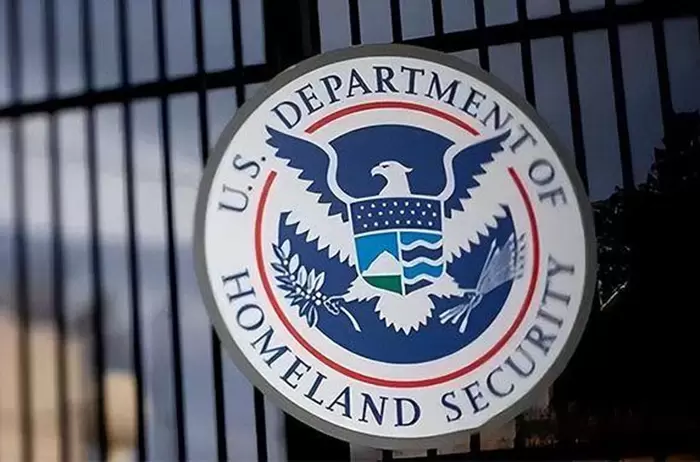
Public transportation has long been touted as a sustainable and cost-effective alternative to driving. However, the reality is that public transportation is not always the best option. In fact, there are several reasons why public transportation is bad for both individuals and the environment.
Firstly, public transportation can be unreliable and inconvenient. Buses and trains often run late or get cancelled, leaving commuters stranded and frustrated. This can lead to lost productivity and increased stress levels, which can have negative impacts on mental health.
Secondly, public transportation can be unsafe. Crowded buses and trains can be breeding grounds for germs and viruses, increasing the risk of illness. Additionally, incidents of harassment and assault are not uncommon on public transportation, particularly for women and marginalized groups.
Thirdly, public transportation can be expensive. While the cost of a single ride may be lower than driving, the cumulative cost of daily or weekly fares can add up quickly. This can be particularly burdensome for low-income individuals and families.
Finally, public transportation is not always environmentally friendly. While it may produce fewer emissions per passenger than driving, buses and trains still contribute to air pollution and traffic congestion. Additionally, the production and maintenance of public transportation infrastructure can have significant environmental impacts.
In conclusion, while public transportation may seem like a good idea in theory, the reality is that it is not always the best option. From reliability and safety concerns to cost and environmental impacts, there are several reasons why public transportation is bad for both individuals and the planet. As such, it is important to consider all options and make informed decisions about transportation choices.





